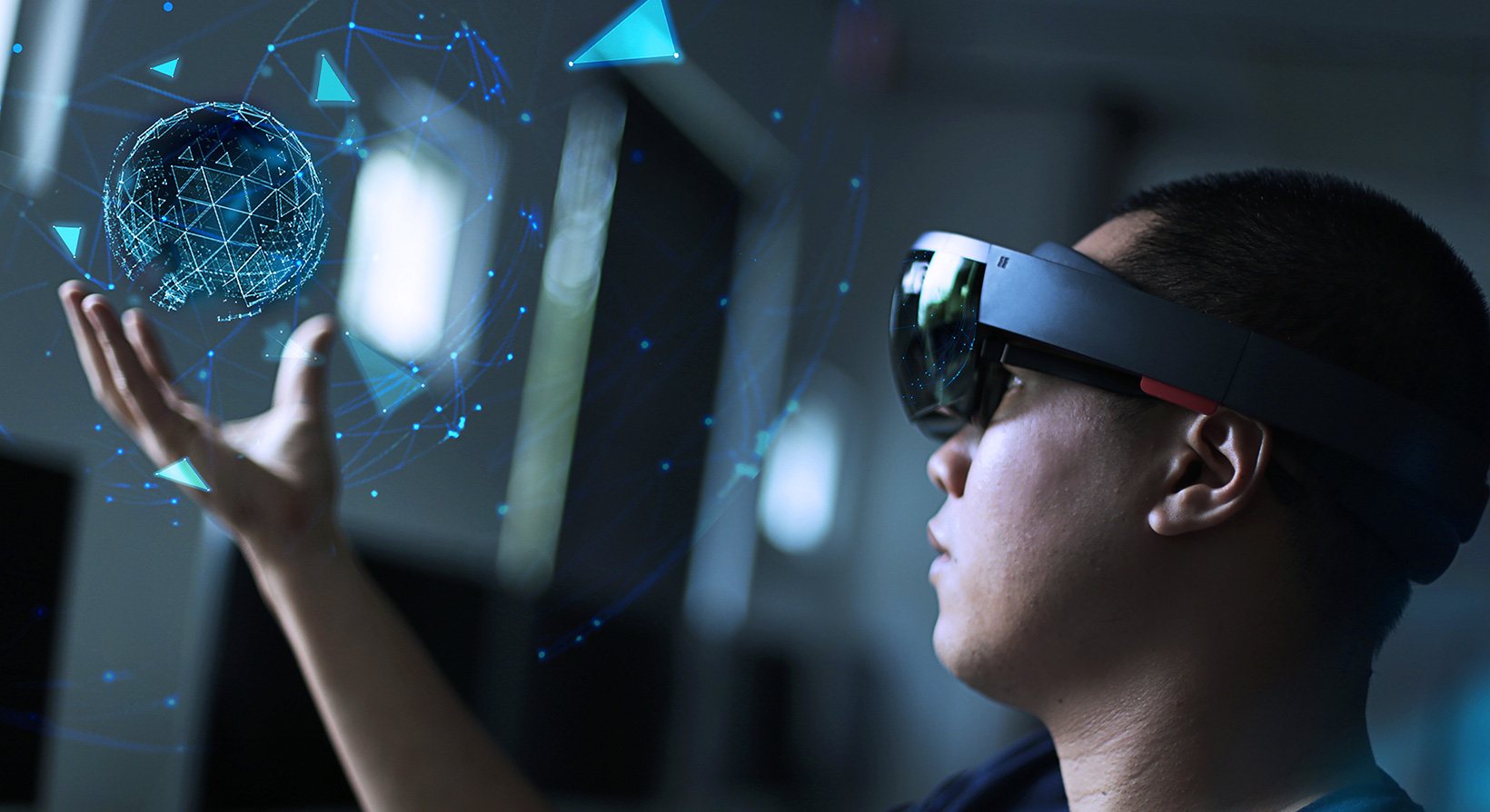Building a New Reality: Inside the Ar and Vr Headsets Industry

The modern Ar And Vr Headsets industry is far more than just the companies whose names appear on the devices; it is a complex and interconnected ecosystem driving the next wave of computing. The industry's path to a projected valuation of USD 215.2 billion by 2035, supported by a healthy 16.96% CAGR, is being paved by a diverse array of players. This includes component manufacturers, platform developers, content creators, and enterprise solution providers, all working in concert to build the future of immersive experiences. This intricate industry structure is a sign of its growing maturity, as specialization and collaboration become key to pushing the boundaries of what is possible with spatial computing.
At the base of the industry are the component suppliers, the unsung heroes providing the critical technologies that make modern headsets possible. This includes companies that design and manufacture high-resolution micro-displays, advanced optical lenses (like pancake optics), powerful and efficient mobile processors, and the sophisticated sensors (IMUs, eye-tracking cameras) that enable seamless interaction. Advances at this foundational level are directly responsible for making headsets lighter, more powerful, and more visually convincing. The health and innovation within this component sector are a leading indicator of the entire industry's potential for future growth and technological breakthroughs.
Above the hardware sits the platform and content layer, which is where the user experience truly comes to life. Platform holders like Meta, Apple, and Valve not only build the hardware but also manage the operating systems and digital storefronts that form the core of the ecosystem. They provide the software development kits (SDKs) and tools that empower a global community of game studios, independent developers, and enterprise software companies to create applications and experiences. The richness and quality of the content available on a platform are often the single most important factor in a consumer's purchasing decision, making this layer intensely competitive.
Finally, the industry is supported by a growing services sector. This includes marketing agencies specializing in immersive advertising, consulting firms helping businesses integrate AR/VR into their workflows, and location-based entertainment venues offering VR experiences to the public. This service layer acts as a crucial bridge, connecting the core technology to a wider audience and helping to drive mainstream adoption. The collective effort of all these interconnected parts—from the silicon chip to the final user application—is what fuels the industry's journey toward its multi-billion-dollar future, transforming it from a collection of products into a truly revolutionary platform.
Explore More Like This in Our Regional Reports:
Germany Synthetic Monitoring Market
- Paranormal
- Art
- Causes
- Crafts
- Dance
- Drinks
- Film
- Fitness
- Food
- Games
- Gardening
- Health
- Home
- Literature
- Music
- Networking
- Other
- Party
- Religion
- Shopping
- Sports
- Theater
- Wellness


